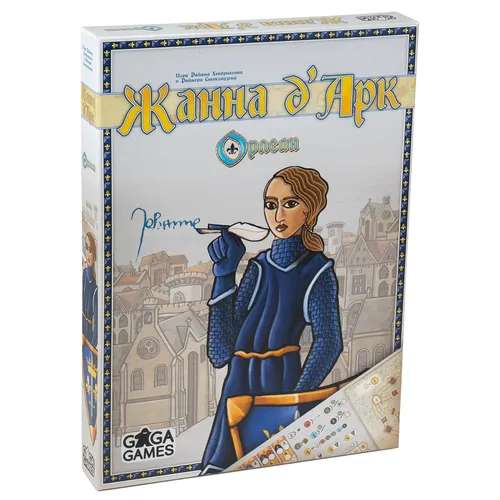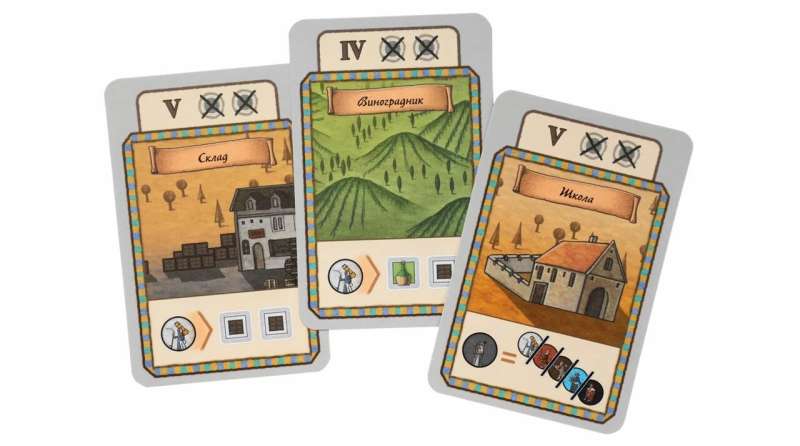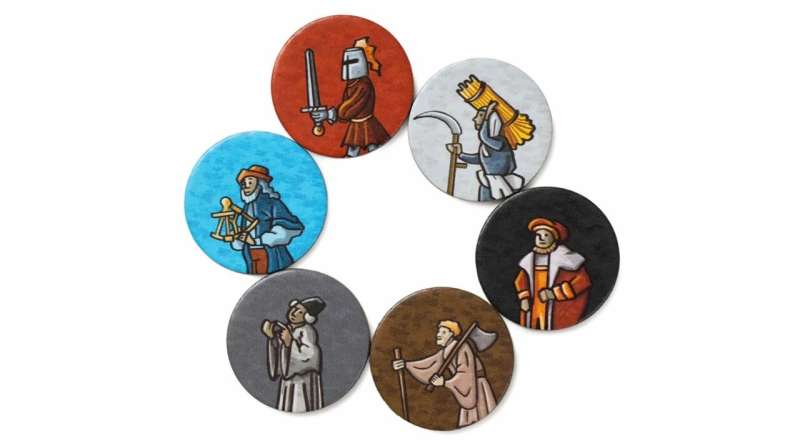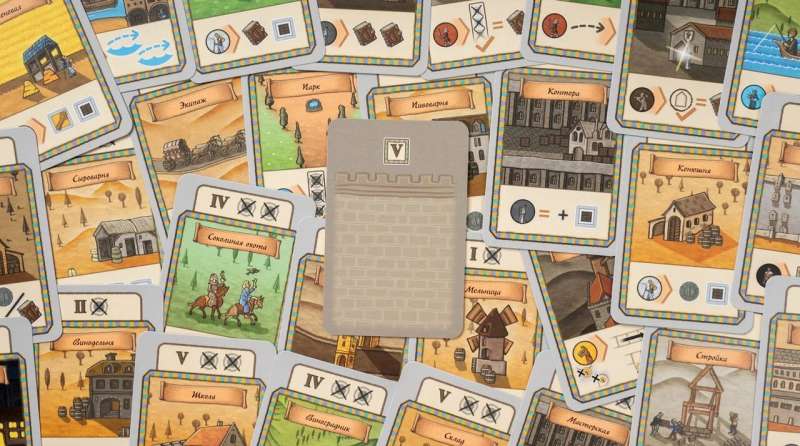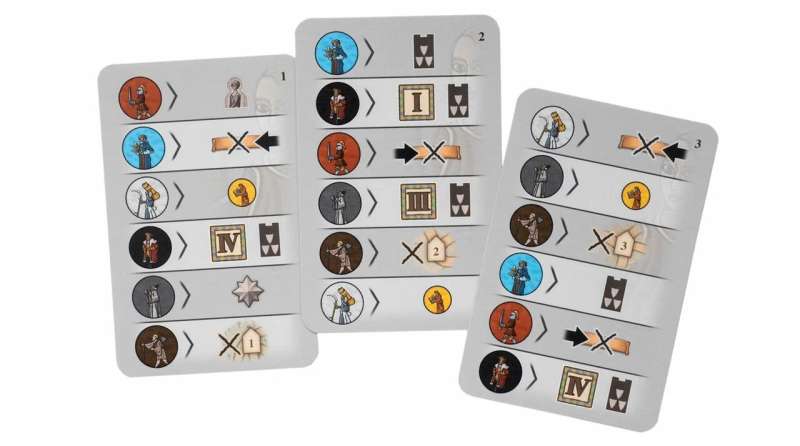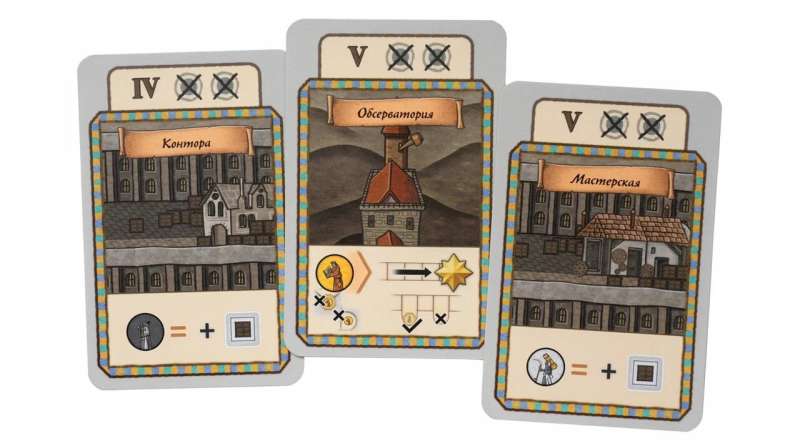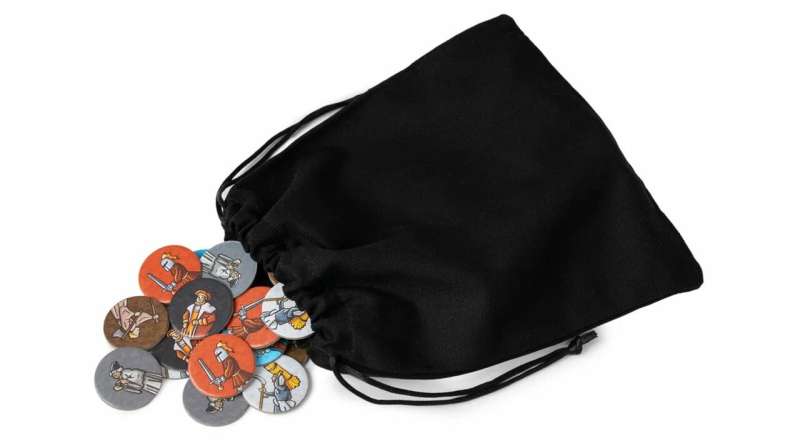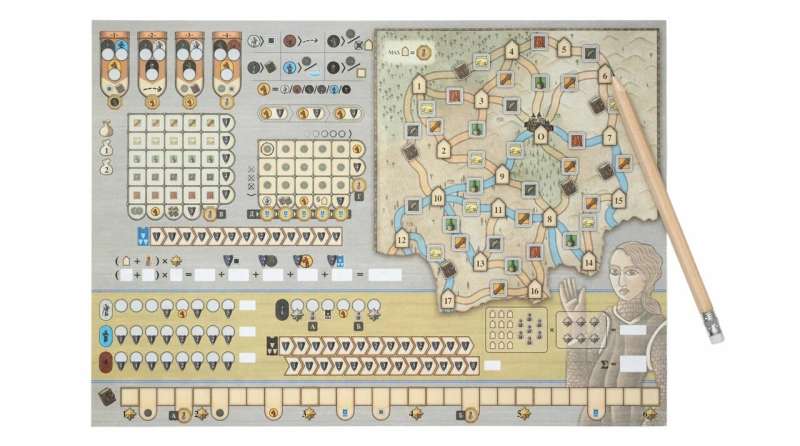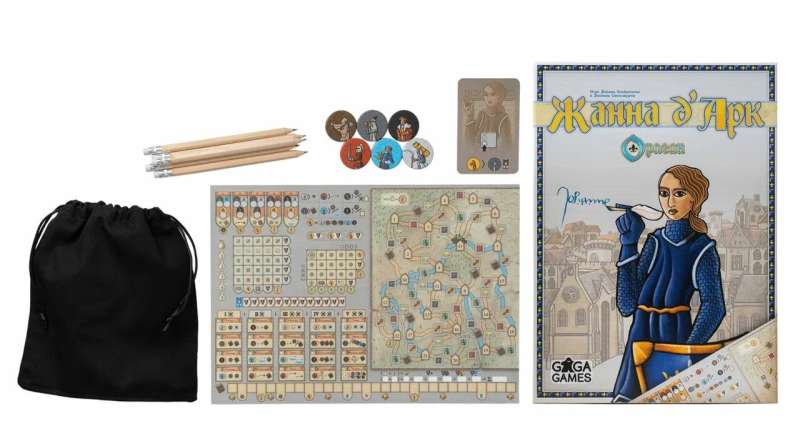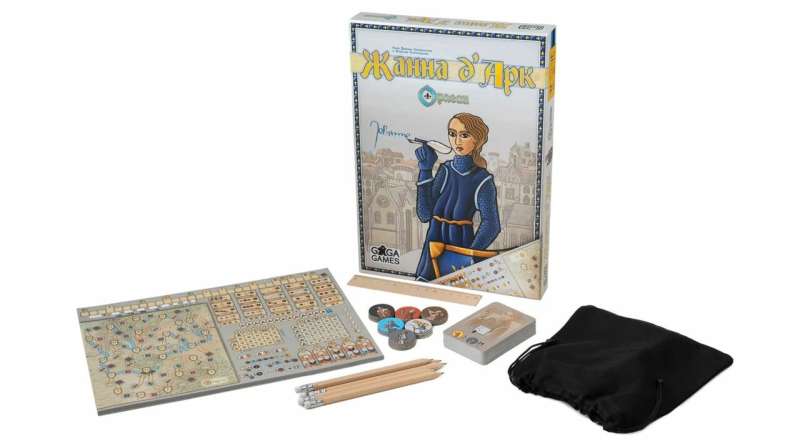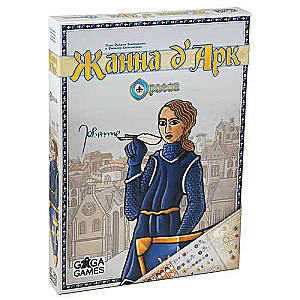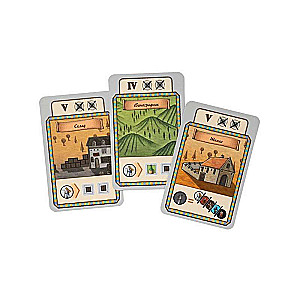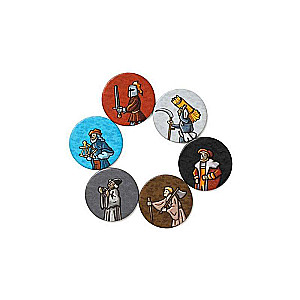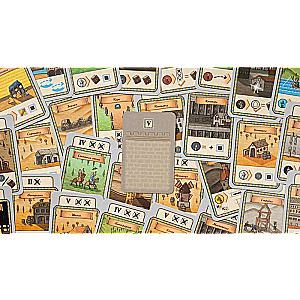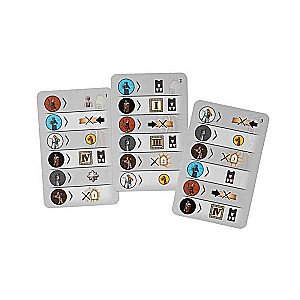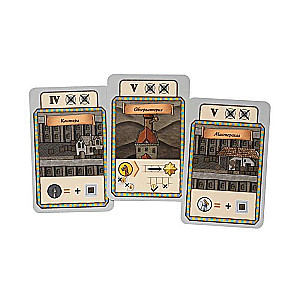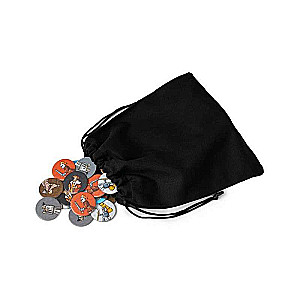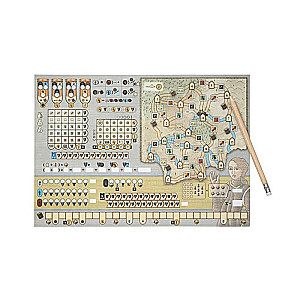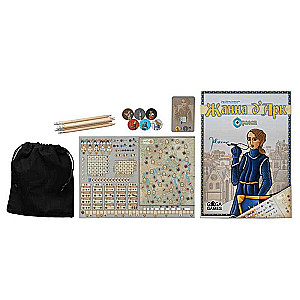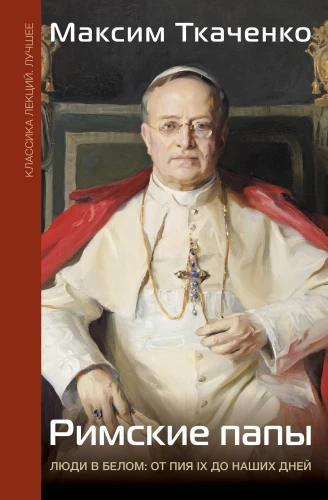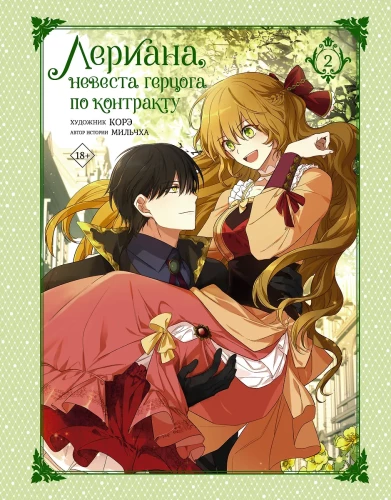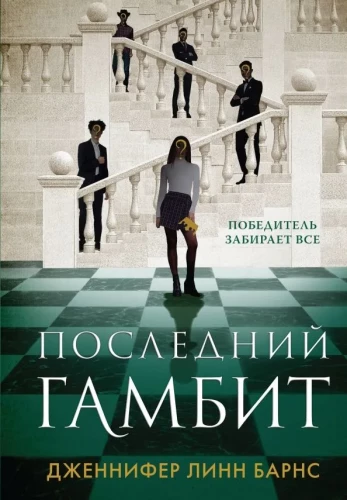Board Game - Orleans: Joan of Arc
Joan of Arc inherited the mechanics and design from her older brother — Orleans. Now you just need to arm yourself with a pencil and a bag of tokens, and the game fits on an A4 sheet and takes about... 45 minutes. The rules have become more accessible, and the gameplay has been simplified — now even newcomers will be able to figure out all the nuances of the game themselves.The absence of the "bag building" mechanic is one of the main differences between Joan of Arc and Orleans. Now, each round, subject tokens are drawn from a common bag and taken by players in turn. After taking a token, a player can perform the main action of that subject, an action with the location they acquired, or participate in a noble deed. And this continues round after round, until as many bags with tokens have been drawn as there are players in the game.The locations with actions in Joan of Arc are represented by a small deck of cards that will add more replayability to your games. However, to save space, for example while traveling, they can be left in the box — some of them are duplicated by spaces on the game sheet.The subject tokens will be familiar to those who have played Orleans — their main areas of application remain unchanged. Farmers work in fields and bring resources. Knights and sailors expand your sphere of influence around Orleans. Craftsmen build trading posts (factories). With the help of traders, you acquire new locations with improved actions. Scientists advance you on a critically important development scale. And monks still act as wild cards, replacing any subject.The results of these actions are recorded on your game sheet. The goods received are crossed off in the storehouse, money in the bank, travels and factories on the map of Orleans, and so on. All areas are interconnected: crossing off a space in one location grants you a bonus in another. Such chains help to build multi-level combinations and perform several actions in one turn.But don't think that everyone is just digging in their own garden — there is quite a bit of interaction between players in the game. You are always faced with a difficult choice: take a token that is useful for you or deny your opponent an important subject. You also constantly compete for building factories in cities, for action spaces, and for receiving special bonuses that will go to the fastest and most calculating player.At the end of the game, you earn victory points for built factories and received townsfolk, multiplied by the final level of development, as well as for filled rows and columns in the storehouse, bank, and armory.For solo play, the reverse side of the game sheet is used, where you not only mark your progress but also reflect the actions of the bot. In this mode, you play by the usual rules for two players, but you are competing against Joan of Arc herself. Her action algorithm is represented by cards that indicate which subjects she uses and for what purpose. The solo mode has three difficulty levels — will you be able to defeat Joan at the highest one?
Author: GAGA GAMES
Printhouse: GAGA TREID
Brand: GAGA GAMES
Series: GG423
Age restrictions: 10+
ISBN: 4620102361944
ID: 1586126
free
€ 9.99
free from € 80.00
free
€ 9.99
free from € 80.00
-
MNOGOKNIG Gmbh, Frederichstrasse 176-179, Berlin, Germany, 10117+4915205421866
